The Art of Teaching
Profile on Abington High School’s Art teachers
At Abington High School students have an award-winning Art department. Students are fortunate enough to have many options to choose from in Art, listed in the Program of Studies.
Ms. Michelle Poirier and Ms. Megan Kenealy, the two art teachers, have been at Abington for around the same length of time. Poirier for ten years and Kenealy for nine. Poirier is the Department Head.
The following is an interview held with both teachers after the school returned to a fully in person model on April 12:
Rosa-Goncalves: What classes do you teach here at Abington High?
- Poirier: Drawing & Painting, AP Art, and Digital Art and Photography.
- Kenealy: Currently I teach all levels of Sculpture, Graphic & Digital Design, and Digital Art & Photography I. I have also taught Drawing and Painting I when the schedule needs it.
Rosa-Goncalves: What college did you attend and why did you decide to become an artist and teacher?
- Poirier: The Rhode Island School of Design (RISD) in Providence and I graduated with a BFA in Painting. I am an artist because I enjoy painting and when I’m not being creative, I get very frustrated and irritable. I need a creative outlet to make me happy. I am a teacher because I enjoy being around art every day. I get to create and watch people create all day, every day. It also allows for lots of family time, which I value as much as being creative.
- Kenealy: I attended Westfield State for a year and transferred to Bridgewater State and loved it there. When I graduated from BSU with a Bachelor of Arts, I had no idea what to do. It wasn’t until later that I realized how much I love showing people something new and helping them achieve success–so teaching seemed like a perfect fit. I have worked at art galleries on Newbury Street in Boston, two major art museums, and the North Bennet Street School, which is an outstanding post-secondary institution for craft (such as furniture making and jewelry making).
Rosa-Goncalves: Where did you live prior to coming to Abington High?
- Poirier: I grew up in Brockton and Abington, spent my college years in Providence, then moved around from Braintree, Attleboro, West Bridgewater, and back to Abington where I live now.
- Kenealy: I have always lived in Massachusetts except for a semester abroad in Florence Italy.
Rosa-Goncalves: Have you ever published any of your art before or hope to one day?
- Poirier: I have had my paintings shown in galleries in Plymouth, Attleboro, and South Yarmouth. I have illustrated a children’s book and am working towards becoming a more established painter and trying to show and sell more work in the coming years.
- Kenealy: I was fortunate enough to publish my artwork during college through theBridge, BSU’s journal for fine art and literature. I will be starting grad school next year and I hope to publish my work again.
Rosa-Goncalves: Have you worked as a teacher or artist anywhere else before?
- Poirier: Before I was a teacher, I was a textile designer. I would create paintings that were turned into fabrics used for home decorations like rugs, curtains, and pillows. I loved this job, but it was far away from where I wanted to live, and the commute was too long once I started a family. I switched to teaching and taught for two years at Apponequet High School in Lakeville before coming to Abington.
- Kenealy: I taught in Brockton for two years and I loved it. Brockton has such a diverse community that offered me opportunities to meet and learn from all different groups of people.
Rosa-Goncalves: How has it been teaching art online this year [when the school was in the hybrid model]?
- Poirier: I did not enjoy teaching art online. I need to be in the same room as someone to really help them. I couldn’t give enough helpful feedback like I’m used to. Even in class, it’s hard to help someone because I can’t stand too close to them, or I can’t access where they are sitting. I also found it physically difficult to teach online, sitting at a desk and looking at a computer screen makes me super tense and tired.
- Kenealy: Teaching online when everyone was remote was challenging, but I found students were engaged and positive. Teaching half of a class online with half of the class in person was challenging–we can’t replicate what is done in a Sculpture classroom at home. I’m so happy to see everyone back in the building at the same time.
Rosa-Goncalves: What are the challenges of teaching art during Covid?
- Poirier: I’d say the biggest challenge is not being able to move around. I like to move my art room around for each project, for lighting and drawing from life. Having to sit in one spot and work from pictures is not what art class is supposed to be. For photography class, we have had to rely on taking pictures at home rather than around class and around the school, so we have not gotten to study the technical aspects of photography in a while.
- Kenealy: Certainly, safety has been the main concern. We handle lots of tools and materials and all areas need to be cleaned properly and all students must have the support and materials to succeed.
Rosa-Goncalves: Have there been any pleasant surprises that happened because of teaching during Covid?
- Poirier: I found that when students were in cohorts and separated from each other, I never had to repeat instructions or talk loudly because everyone was always quiet and listening. Often it was too quiet, but it was nice to always have everyone’s attention. I also think students are so much better at communicating with their teachers now and advocating for the help they need.
- Kenealy: My classroom has never been so clean. On remote Wednesdays, I was able to watch and help my son with his 2nd grade remote days, and I would never have seen the love and compassion that his teacher has for him and his classmates. That was so touching. I have let go of a lot of the little things. Some students need more wiggle room this year to show you how/if they have grown.
Rosa-Goncalves: How have your students felt about art class this year?
- Poirier: I’d like to think the Drawing students thought art was a good way for them to stop looking at their computer screens for a little while. But [they] were probably frustrated with the limitations of supplies and size constraints of projects. And how long everything took. I think Digital Art students were frustrated at technical problems with the software and having to use a small laptop. I know they want their big monitors back next year and want to use cameras again. But now that we’re back, I know they are happy sitting next to friends because I hear a lot more talking and laughing.
- Kenealy: I think most have loved it. It’s a break from the computer. It allows your mind to be creative and wonder. Working with your hands is very therapeutic. Even if you stink at making something, so what? Keep working!
Rosa-Goncalves: What is your favorite assignment to give?
- Poirier: My favorite assignment, which we didn’t do this year, is the Memory Project. The Memory Project organization coordinates a portrait drawing program for neglected children around the world. They send us their pictures and we draw them and send them to the children. The Memory Project also sends us a video of the children receiving their portraits. It’s amazing to me that our students feel such a connection to children living in different parts of the world who are struggling. There are always lots of tears and smiles when we watch the video together.
- Kenealy: I love clay. We get dirty, we get to squeeze, squish, flatten, attach, and so much more that many students have never done. It’s always amazing what can be made from a lump of clay.
Rosa-Goncalves: How are you planning on teaching now that we are coming back?
- Poirier: There are still lots of restrictions on moving around the room and sharing supplies and equipment so it’s not totally back to normal. But we can use more supplies in art class like paint and charcoal and we can move much faster now that we see each other every other day.
- Kenealy: I plan on teaching with enthusiasm and trying to fit in a few more fun projects before the seniors leave….and some of our outside breaks will be just because its sunny out and I LOVE to be outside.
Rosa-Goncalves: Is there anything else you think I should know for this article?
- Poirier: I’m really proud of my students for being so independent this year. Most students really worked their hardest despite the restrictions and there honestly hasn’t been too much complaining. Of course, students I have had for a couple of years miss how things used to be, but I’m excited for my students to really start enjoying high school art again after this year.
- Kenealy: I hope all students know that your teachers are rooting for you and want you to succeed, especially the ones who are hard on you. It means we think you have good guts, and we want to help you grow, learn, and be the best you. I hope all students know that struggling is okay. Don’t let it overwhelm you.

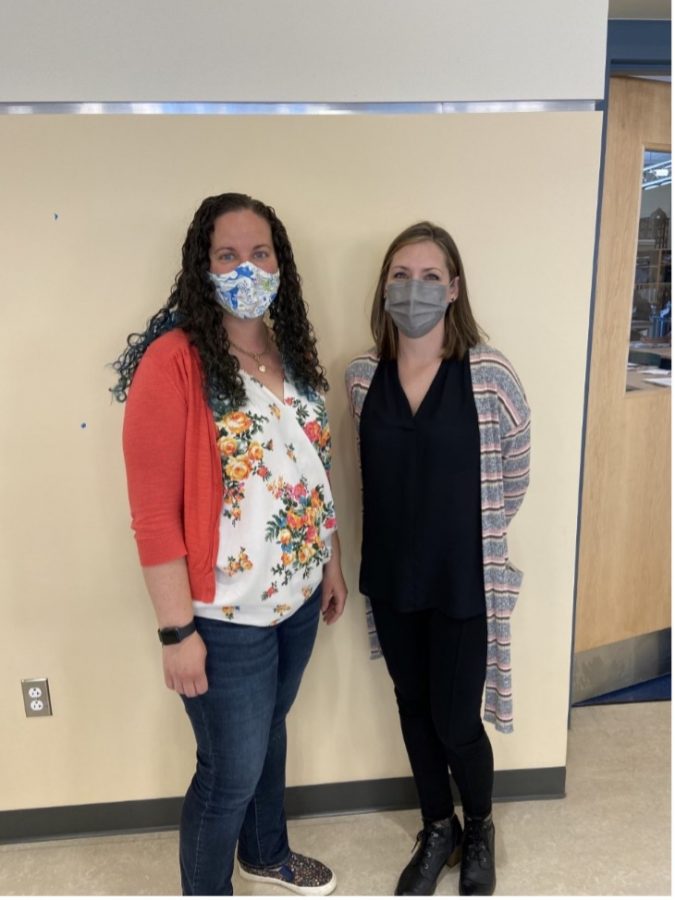
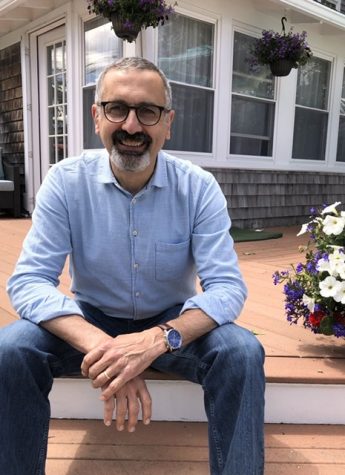
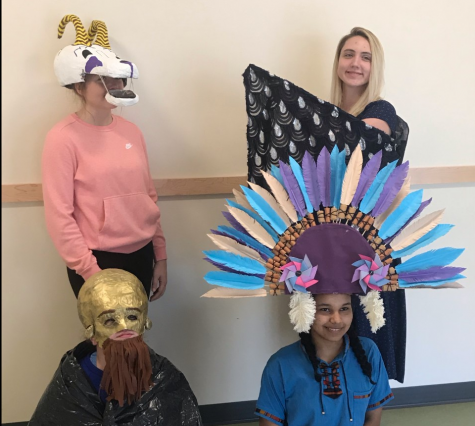
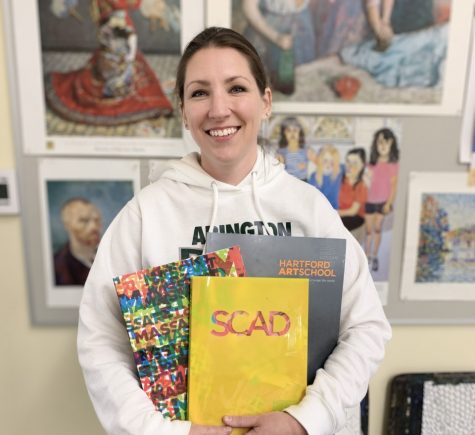
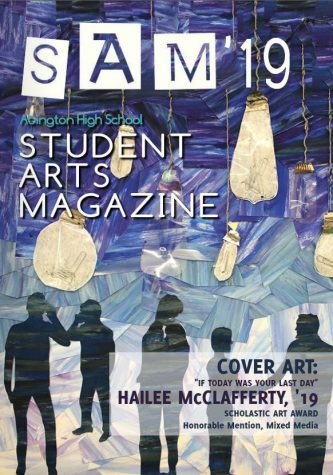
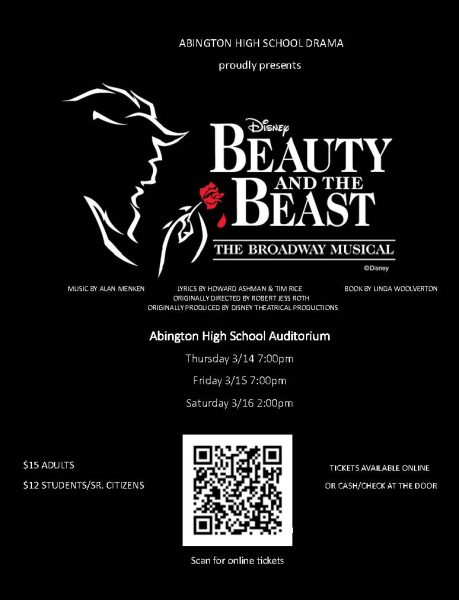
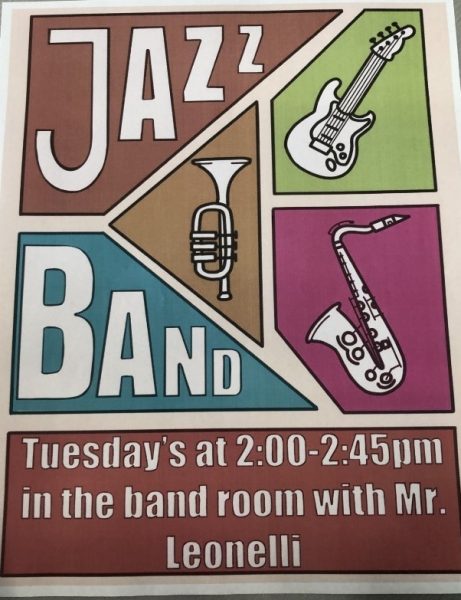
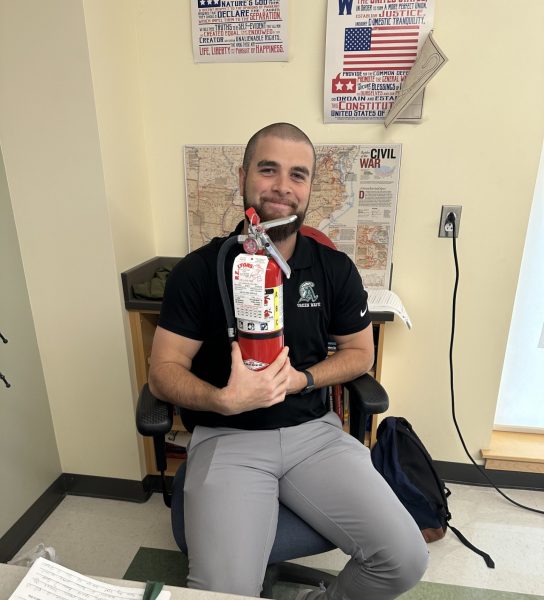

Michelle Poirier • May 25, 2021 at 7:46 AM
Thank you, Joanny, for the wonderful interview!